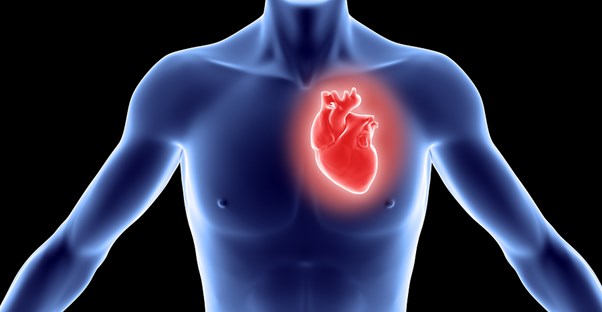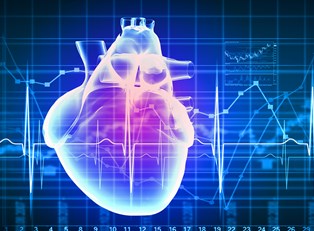Atrial fibrillation is caused when the heart's atria, which are its two upper chambers, start to beat in an irregular way. It's one of the most common forms of heart arrhythmia. Atrial fibrillation can prevent the body from getting the blood that it needs. This is why some people who have the condition experience symptoms like fainting and shortness of breath. Because these symptoms can indicate other medical conditions, it's important that atrial fibrillation be diagnosed by a medical professional.
How is atrial fibrillation diagnosed?
The medical professional who will be involved in diagnosing your case of atrial fibrillation will first and foremost be your family doctor. If he or she suspects there's something wrong with your heart, you'll be referred to a cardiologist. This is a doctor who specializes in diseases and conditions of the heart. Other medical professionals who might contribute to your diagnosis are:
- A radiologist:
This doctor will probably oversee any X-rays that are required.
- A phlebotomist:
This is a specialist who will draw your blood to help with your diagnosis.
- A cardiac sonographer:
This specialist will probably conduct any echocardiograms that are required.
- An electrocardiograph technician:
This specialist will conduct any electrocardiograms that are required.
Your doctor will probably give you a blood test to make sure that if you have atrial fibrillation, it's not caused by a problem related to your thyroid, medications, or other causes.
Tests
One test that you'll be given is an electrocardiogram. This test is noninvasive and painless. Electrodes are simply attached to your chest to read your heart's electrical signals. These waves can be printed out or shown on a monitor.
You might also be given an echocardiogram. Like the electrocardiogram, this test is noninvasive. Instead of electrical impulses, a machine uses sound to diagnose your problem by creating a moving image of your heart. To do this, the technician waves a special type of wand over your chest.
The cardiologist might also have you wear a Holter monitor. This is a machine that you wear beneath your clothes, and it records all of your heartbeats as you go about your daily tasks. You'll need to wear it for about one or two days. The monitor comes with a button that you press whenever you feel palpitations or lightheaded. A more sophisticated type of Holter monitor is an event recorder, which you wear for several weeks. An event recorder is good at detecting unpredictable arrhythmias, alerting your medical team by telephone if you're experiencing atrial fibrillation or another type of heart problem.
The cardiologist might also order a chest X-ray. This can not only help him or her diagnose atrial fibrillation but other conditions that might have the same symptoms as atrial fibrillation.
Conclusion
After a diagnosis of atrial fibrillation has been made, your doctor will give you several options as to how to treat it. Your treatment will depend on how severe your symptoms are and how long you've had the condition.




